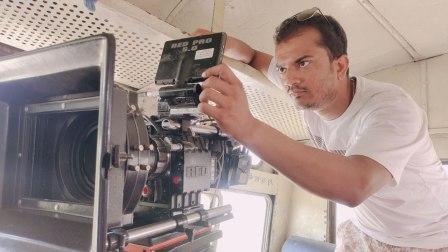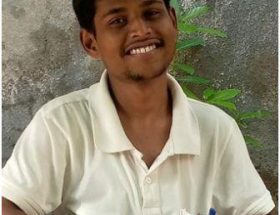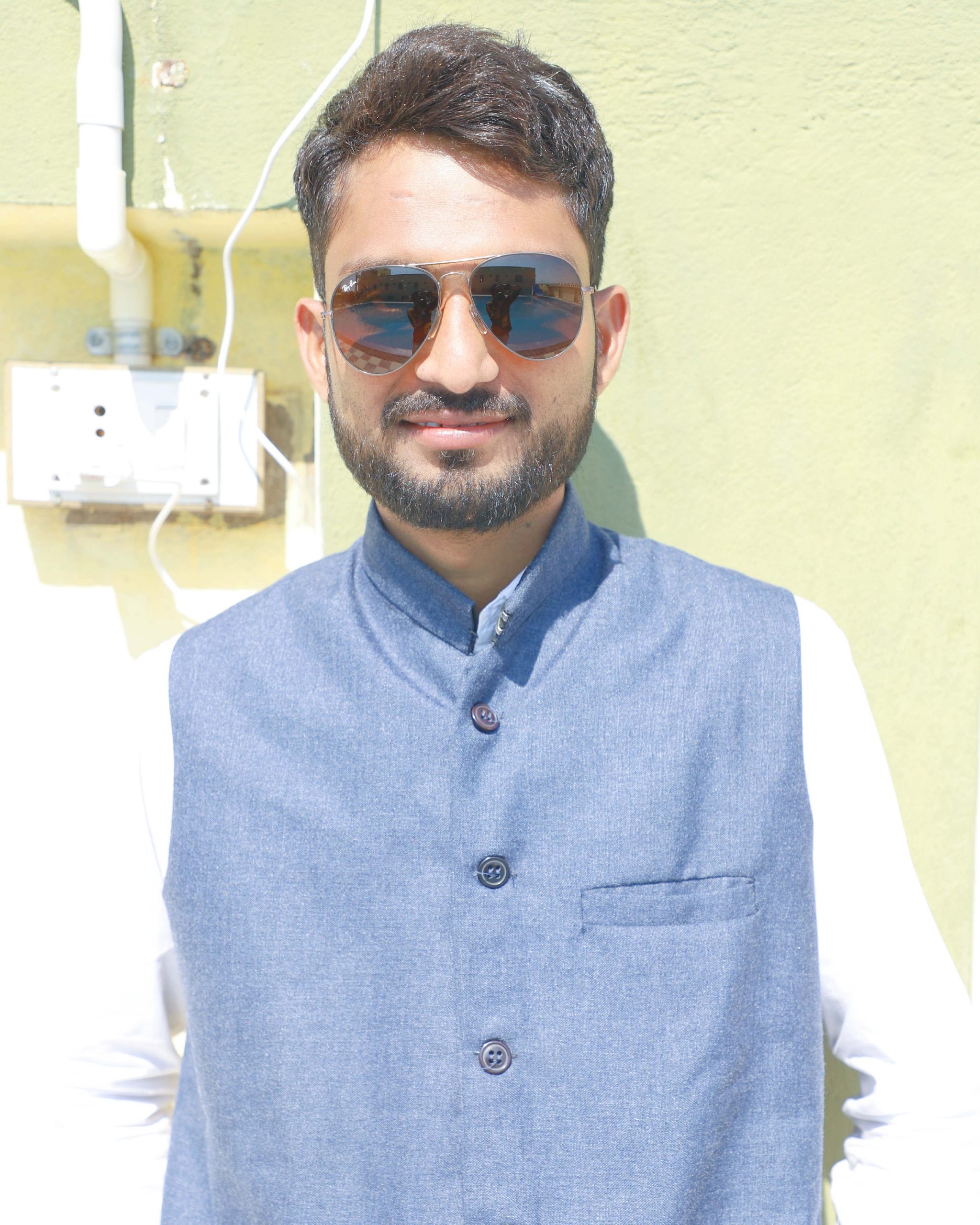Aashit Sable
Online campaign to raise funds for post-production and marketing of a Marathi film Ghairati with an aim to tell a story of struggles of a young boy.
Appeal video: https://youtu.be/8wgF4Jp7lA0
Introduction
Why would someone join a progressive movement? Why would one want equality in society? What childhood events might have happened in one’s life who later became a thinker or a leader of a community? We say that Maharashtra is Phule-Shahu-Ambedkar’s state, but what’s happening in reality? I wanted to show this reality in a bold way. Many films were made on social themes, but very few tried to show the harsh reality directly, without any sugarcoating.
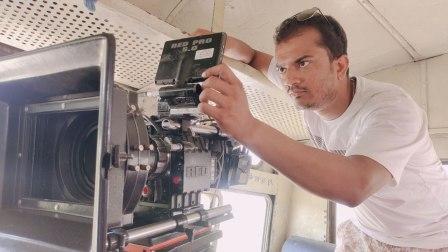
Today, every film seems to follow a similar pattern with the typical elements of a hero, heroine, and villain. Most films include romantic relationships and unnecessary songs, regardless of the genre. Personally, I believe that every element in a film should serve the story’s purpose, whether it’s a dialogue, song, or any other aspect. I believe in breaking these conventions of typical stories and creating something unique.
As artists, we should prioritize our art instead of blindly following commercial trends. Also, we shouldn’t forget that filmmaking is an art form meant to convey messages creatively. I believe that the fundamental objective of art is to convey a message, and entertainment is a by-product of this creativity. We should strive to make films that are different, even if they make less money than commercial ones, as they hold more value for audiences like me. By making such unique films, we can break the conventions in the film industry and bring about positive changes.
The film
This film is based on a 12-year-old boy named Mesa, who is very curious and wants to get educated. He gets admission to a school in the nearest city, for which he travels in a bus with his friend Sukesh (Sukya). They meet a 28-year-old boy, Gora (Goraksh), who lives in a neighbouring village and works nearby that school in the city. (This character is inspired by some of our intellectuals and students who were murdered or abetted suicide by fanatic goons.) They both start interacting and become friends. Mesa asks him anything and everything. Gora gives him answers to his questions in a unique way. On the other hand, Mesa’s parents are struggling to save their small piece of land from Vibhishan Patil, who wants it to build a factory for his son’s future. In their struggle, a rowdy young man named Sangharsh Waghmare keeps an eye on Patil’s movement and sabotages his every plan to save that family. Sangharsh is a son of a former Dalit Panther activist, Namdeo, who has also fought in Namantar Andolan (the Aurangabad University Name Change Movement). Namdeo asks his son to stop getting into other people’s quarrels and suggests that he get settled by getting a job and getting married. The movie gets very interesting when things go in the opposite direction. This whole thing will convey a message of Dalit assertion.

There are several films that show the sufferings of backward communities and end in something negative, without any solution. But now, because of Dr. Babasaheb Ambedkar, each and every person from the backward community has become equal before the law, and this is the reason every one of us has become capable of fighting for ourselves.
I’m trying to show this positive change happened because of the legacy of Charvak, Lord Buddha, Sant Namdeo, Sant Ravidas, Sant Kabir, Sant Tukoba, Jijau, Shivaji Maharaj, Vastad Lahuji Salve, Savitribai & Jotiba Phule, Shahu Maharaj, Dr. Bhimrao Ambedkar, Shahid Bhagat Singh, Tantya Mama Bhill, Dharti Abaa Birsa Munda, EV Periyar Ramaswami, Gadge Maharaj, Basavanna, Krantisinh Nana Patil, Shahir Amar Shaikh, Shahir Annabhau Sathe, Shahir Wamandada Kardak, and many more leaders who fought for the social rights of every backward and untouchable community.

These revolutionary leaders taught us to fight for our rights. This legacy, instead of asking us to take one more slap, teaches us to fight back against orthodox dogmas, social evils, and atrocities happening around us for thousands of years. I wanted to bring this message forward through films. This is the reason it was very important for me to make this film.
The philosophy behind the name of my production is Freedom + Wisdom = Frissdom. Again, it is inspired by the works of all those social reformers because of whom our lives have been completely transformed.
The Director: (FilmFreeway Profile)
My name is Aashit Sable. I’m a filmmaker, writer, and media professional. In 2014, I did my Bachelor of Mass Media from Ramnarain Ruia Autonomous College, Mumbai. During my second year, i.e., 2012, I started a documentary film project called Shahiri. For almost 4 years, I was travelling every part of Maharashtra alone, with all the equipment required for shooting. I was the only person who was working on this project: reading books, doing research, noting down things, writing scripts, making questionnaires, planning, scheduling, shooting, recording interviews, asking questions to the Shahirs (folk artists), editing, etc. Everything was done by me. On the local level, I got help from many people, but there was nothing like a core team. After the shooting, I was looking for an editor. I met many video editors, but because I was self-funding that project, I was left with no money to pay the professional video editors. Then I decided to learn video editing and edited that documentary on my own. It took almost one and a half years to watch, assess, and edit the footage of more than 400 hours that I had shot.

Initially, I thought I would read 3–4 books to learn about it, but I kept getting deep into its literature and ended up reading 30–40 books. To understand this folk art correctly, I did not read books only related to the art, artists, their biographies, and literature, but also references and roots going down to our socio-cultural, ethnic, and political history. So, to gain the right knowledge, I read some more books on the caste system, critiques of mythologies, the comparative study of art and culture amongst upper-castes and lower-castes/untouchables, and how communal and vendetta politics in India resulted in the suppression of the voices of the downtrodden. It was very important to understand these things, besides the fact that my documentary film was based on Maharashtra’s art and culture. During this whole process, I was observing a lot of major and minor things happening in rural areas. I kept noting down those acts or events, which were not part of my documentary film but helped me write a story for a feature film. In 2016, I completed this project. My film was screened and won several awards.

I wrote a story of this feature film in those days with the help of my noted observations. Since then, I have been looking for a producer. Maybe because I was very young, inexperienced, and new to this field, or even because of my caste, which is easily identifiable looking at the topic of the film, I faced numerous rejections. In 2019, I met with a lady who liked my story and agreed to produce my film, but unfortunately, she died due to COVID next year, and again, I was left with no financial support. After this incident, I did the pre-production and funded this process while doing a job, and I completed writing the whole script, including the dialogues and screenplay, after my work hours.
Notable artists in this film:
Suresh Vishwakarma – IMDb | BookMyShow Profile
Kailash Waghmare – IMDb | BookMyShow Profile
Milind Dastane – IMDb | BookMyShow Profile
Sambhaji Tangade – IMDb
Pravin Dalimbkar – IMDb
Vikas Singh (Cinematography) – IMDb
Music: Shital Sathe and Sachin Mali – YouTube channel
Funding
My father was a government employee. He retired in December 2022. Everyone in my family and even my friends knew that I wanted to make a film. My parents and some friends also knew the whole story written by me. So, all of them, including me, were very optimistic about this topic. My mother, Rajani Wasnik, was looking at my struggle to become a filmmaker. We were about to buy a new house for us using that money, and it was very important for us because we lived in government staff quarters, and because my father has retired now, we have to vacate this flat and move to another place. But because we spent all our money making this film, we’re left with no money, even for a rented home. But since all of us are confident about this film and wanted to bring this story to the big screen, my mother took the lead and asked me to start the shoot. My father gave his whole gratuity amount to me, and we went for a shoot in Tadsonna village in Beed.

Initially, I thought I could complete the shooting in 15 lacs, but ultimately the budget doubled and went up to 35 lacs. I was confident that I’d make this film within this budget, but most of the time, things don’t happen as expected. Now, my pre-production and shooting are complete, and I need about 25 lacs for further processing, i.e., post-production, where editing, DI, music recording, foley, 5.1 mixing, titles, subtitles, etc. will be done. Secondly, after the completion of the film, I’m targeting a few film festivals where the film will get recognition. After the festival rounds, I’ll go for either a theatrical release, a world television premiere, or OTT. This decision will be based on how our film will perform at national and international film festivals.
Further Costs
Editing– Rs. 2,50,000
DI, Graphics, Titles, DCP– Rs. 4,50,000
5.1 Sound Designing– Rs.5,50,000
Background music– Rs. 2,50,000
Song recording & mastering– Rs. 2,00,000
CBFC & other certifications– Rs. 70,000
Festival Marketing– Rs. 2,50,000
PR & Communication– Rs. 4,00,000
Total- 24,20,000
(This is an estimated amount. The actual cost may vary based on negotiations and change in market rates.)
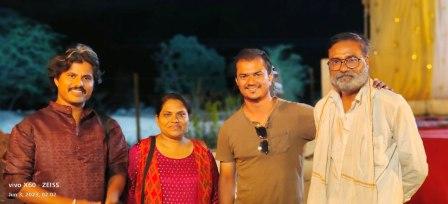
Timeline
(Initial plan and delayed timeline are both mentioned below. The delay is due to lack of funds.)
July to September 2023 (delayed time March-April 2024) – Editing of the film, recording songs.
October to November 2023 (delayed time April 2024) – DI (colouring) of the film, mixing and mastering of the film and songs into 5.1 sound.
December 2023 (delayed time April-May 2024) – Final quality checks. Getting certifications.
January 2024 (delayed time May-June 2024) onwards– Starting submitting the film to festivals.
Bank account where you can contribute
Account Holder: AASHIT V SABLE
Account Number: 50100335956300
IFSC: HDFC0001114
Branch: MATUNGA WEST – RAZMAH BUILDING
A/C Type: Savings
OR YOU CAN PAY USING UPI ON bunty.sable-3@okhdfcbank

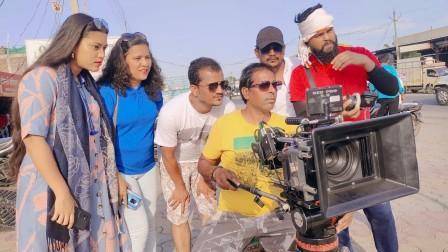
~~~
Aashit Sable is a film-maker based out of Dadar, Mumbai. He comes from a Buddhist family. He has made a feature length award winning documentary ‘Shahiri’ on the balladeers of Maharashtra. He has done his Bachelors in Mass Media from Ruia College, Mumbai and is currently pursuing final year of MA in Entertainment Media from Sathaye College, Mumbai.

